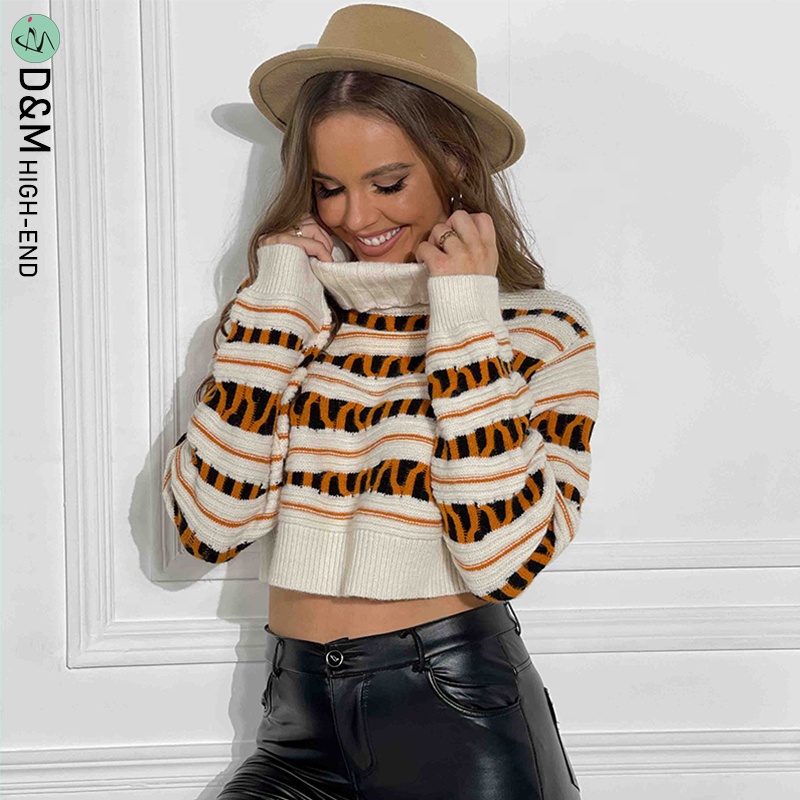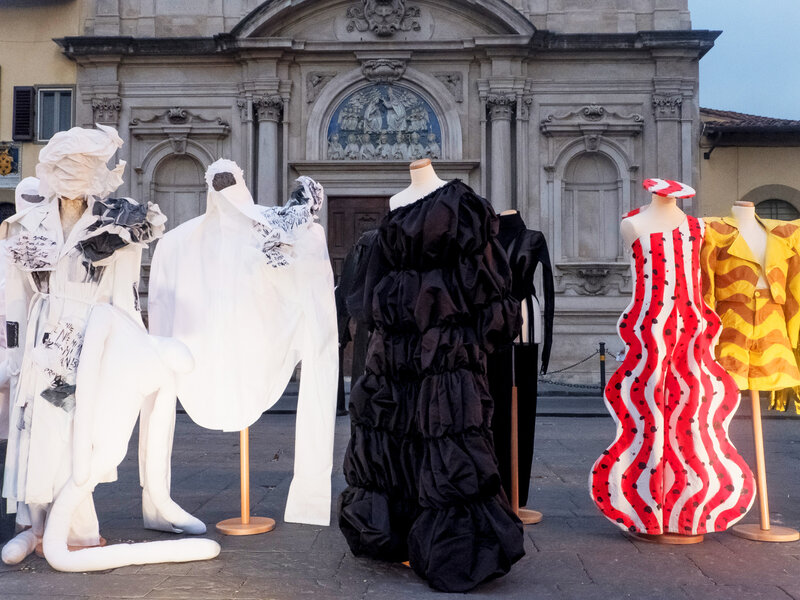
Fashion analytics allows retailers to forecast the demand for their products. It works by tracking the items that consumers buy online and then analysing this data. Retailers can then use this data to predict what products will be in fashion and which ones will not. This allows retailers to mark down their inventory and stay competitive. Implementing fashion analysis can be hard. This article will demonstrate how big data can assist you in fashion analytics.
Importance of data integration in fashion analytics
Big data can bring many benefits to fashion companies. They can offer better-targeted products, a more personal customer journey, and greater value. However, consumers have to trust that these data will be used responsibly and with their consent. Companies need to provide an environment that is safe and secure for their customers and transparent about how and where they use the data.
The fashion industry is a fast-paced field, and big data has become essential. Retailers are using big data more often to develop new products and monitor consumer behavior. Despite the rise of e-commerce, those who use big data to make these choices will be competitive and successful.

Data integration facilities make it easy to find information from multiple sources and increase the value for your data. These facilities can also be used to help you grow your business efficiently and safely. Derek Rose, a top-end fashion brand used Microsoft Dynamics and Salesforce to manage their customer relationships and accounts. They were also missing business opportunities and not using their direct resources to the full extent.
Advanced analytics in the fashion business: The challenges
Fashion has had a difficult time adapting production to consumers' preferences and predicting trends. This can lead to excessive inventory and lower gross margins. Advanced analytics can help solve these problems and help fashion retailers meet customer needs better. Data-driven analytics can increase customer satisfaction and conversion rates through a combination business intelligence and consumer information.
Data-driven analytics can help retailers analyze data from both online and in-store sales to determine which products are selling well and which are not. Analytics can be used by retailers to help them predict what size and style clothes their customers will buy. This insight can be used to help customers fit better and reduce returns. You can also use this information for comparing pricing with other competitors, and to increase sales accuracy and demand forecasts.
Fashion retailers are also faced with additional challenges like shifting seasons and the need to bring in the correct colors and sizes at just the right moment. Additionally, retailers have to manage inventory and deal with problems like mismatched stock and incorrect inventory. Fashion retailers also have to deal with product returns and markdowns. This can negatively affect online store profitability.

Big data fashion analytics can bring benefits
Fashion companies can leverage big data in fashion analytics to better understand their customers. This type of data is typically available online and can help fashion companies segment their customer base, identify patterns in purchasing, and create better product offerings. Fashion analytics can also be used by retailers to predict customer needs, predict future sales, and identify trends.
Predictive analytics is a process that uses AI to predict the future demand of a fashion item. This can help retailers decrease inventory costs and increase sales. Retailers can use predictive analytics to determine the best time to transfer inventory and increase sales.
Companies in every industry can benefit from big data to make better business decisions. Starbucks uses data to predict future success and predict future store performance. This way, the company can avoid opening unprofitable locations. Companies can also analyze big data and predict future fashion trends by analyzing consumer behavior.
FAQ
How will consumer habits change after COVID-19?
Everyone knows that people are purchasing less right this moment. This doesn't mean people won't want money to spend on themselves in future.
So if you plan on going shopping, now would be a good time to hit up your favorite stores. Shopping may be something you enjoy more than ever.
You still have options, even though there might not be as many people at malls. Remember to be safe and follow the social distancing guidelines.
Make sure to wash your hands frequently. That simple step can help prevent the spread of coronavirus.
Now that we've seen some trends that will influence retail's future, let us take a closer glance at what's on the horizon.
What fashion trends are you anticipating for 2023?
The future is unpredictable. We can expect two major trends to continue when it comes fashion. Athleisure is another trend. Athleisure has seen a rise in yoga pants, shorts, tanks, sweatshirts and sweatshirts.
But it's not just clothing brands that are adopting more casual styles. They're also being worn by professional athletes. For example, tennis star Serena Williams recently wore an athleisure outfit while she played her match against Naomi Osaka.
The growing demand for personalized products is another trend. Nike, for example, has started making shoes that are specifically tailored to each individual's foot.
Wearable tech will continue to develop as technology advances. It's possible that the way we shop will change. With self-service kiosks becoming more common, mobile apps could become popular that allow us to customize our outfits.
What are Gen Z interested in 2022?
The future belongs to those who prepare for it. It means that we need to know where we are headed and how we will get there. This requires us to look at the trends in our world more often.
It means also looking forward, thinking beyond tomorrow and anticipating the emerging technologies, innovations, and changes that will affect our lives and work.
This is why we are here to learn, share knowledge, and help each other solve problems. Because our future depends on us. It's our responsibility to ensure a bright future.
To do that, we need to look at the past and anticipate the future. Data is the key to this. Lots of it. This data tells us what young people are most interested in now and in five years.
Data that shows what motivates them and what frustrates them. Data that helps us understand their priorities and those of others.
What are the emerging consumer trends in tourist?
Staying ahead of the curve is key to success in any industry. If you don’t consider how consumers act now, then you will be left behind. You should be on the lookout for new consumer trends.
Social media is the biggest trend in travel. Social media has made it easier for consumers to share information about their travels and the things they did. This is a sign that travelers are becoming more aware and vocal about the experiences they have at places they visit.
Social media platforms like Facebook and Twitter allow users to share photos, videos, blogs, reviews, and opinions with friends and followers. These sites play a significant role in helping us understand destinations. Social media helps us to connect with locals and learn about the culture.
Another big change is the growth of mobile technology. Smartphones and tablets are being used more than computers by people. ComScore says that smartphone penetration rose from 23 percent in 2011 up to 27 percent last. The mobile phone is changing the way we communicate and interact with information. There are apps that can do almost everything, from booking flights to ordering food, finding directions and even watching movies, to checking the weather forecasts and finding out where to go.
Mobile technology is revolutionizing the way we travel. We can book hotels, view maps, read reviews, and make restaurant reservations from our phones. While waiting at restaurants or museums, we can check our email and listen to music as we drive. All these improvements mean that we travel smarter and faster.
Other than these two major shifts in travel, there are several other smaller trends. For instance, many people now use smartphones to search for attractions, events, or activities based in their local area. Apps such as Foursquare and Yelp helped them plan trips based on recommendations from friends. These tools are revolutionizing the way we see and experience cities.
Companies offering services to tourists are increasing in number. These companies offer customized tours as well as transportation, accommodations, or other amenities. They allow visitors to explore the city without the need for planning.
There are many opportunities for travel marketers looking to take advantage of the latest trends. However, it takes smart marketing strategies and a good business strategy to recognize which trends apply to your company and which don't.
What impact does technology have on the fashion industry's future? There are many changes.
We see a shift to digital shops from physical stores. We also see eCommerce becoming more popular.
We are also seeing shifts in the way that shoppers interact directly with retailers. They are willing to shop from anywhere but still feel special when they're in a store.
So retailers are adapting by creating new ways to engage with customers. So, for example, they offer mobile payment systems that allow shoppers to pay while they shop. You can also discover new items by downloading apps from the company.
Shoppers are also more demanding. They no longer want to browse catalogs or visit websites. They want to experience things firsthand. So retailers are opening pop-up shops, hosting events, and launching pop-ups to give shoppers a chance to try out new products.
How does technology influence the fashion industry?
Today, technology is becoming an increasingly important tool for consumers to shop and buy clothes. Consumers use their smartphones and tablets to compare prices and browse different stores. Apps can be used to scan products, and then get instant feedback by other shoppers.
This is especially true when you're looking for unusual or hard to find clothing. It's easy to shop online for designer goods. And thanks to online retailers, you no longer need to visit physical stores to purchase your favorite brands.
Statistics
- The percentage of shoppers likely or somewhat likely to purchase top social platforms increased across the board in the third quarter of 2022 compared to the second, with TikTok seeing the largest jump. (junglescout.com)
- OTC Medicine 57% Beauty & Personal Care 52% Vitamins & Dietary Supplements 51% Home & Kitchen 47% Top retailers where consumers are shopping in 1. (junglescout.com)
- and what they are traveling for, with 78% of respondents wanting to impact the community they visit positively.1 Eating & Shopping at Small businesses (americanexpress.com)
- While 19% of respondents state they didn't travel in the past two years, other families' favorite experiences included: domestic travel (19%), beach resorts (12%), road trips (11%), international travel (10%), staycations (7%), camping (6%), and more.1 (americanexpress.com)
- 55% of respondents agree they want to book a once-in-a-lifetime vacation in 2022. (americanexpress.com)
External Links
How To
Which trends will be most impactful for the travel industry
The world is changing quickly, and so are the ways we do business. When we talk about the digital revolution, it's not just about the internet. It's about technology's impact on us all and driving change across industries.
In the years to come, the industry will undergo many changes. Here are five areas of industry change that will not be lost.
-
Customer Experience
-
Technology
-
Mobile
-
Social Media
-
Connectivity
These are only a few examples of what the future looks like for the travel industry, but there are many other ways these trends can impact our lives. Let's take a look at each one individually.
When it comes to booking holiday vacations, customers are increasingly sophisticated and demanding. Accenture estimates that by 2020, tourists will spend $8 trillion worldwide on holiday travel. This means brands will need to invest heavily on customer service, and ensure that customers feel valued as they travel.